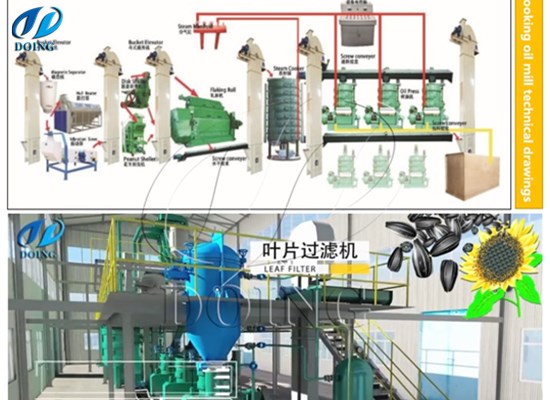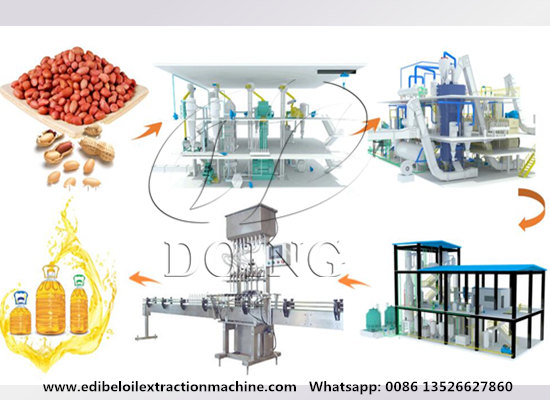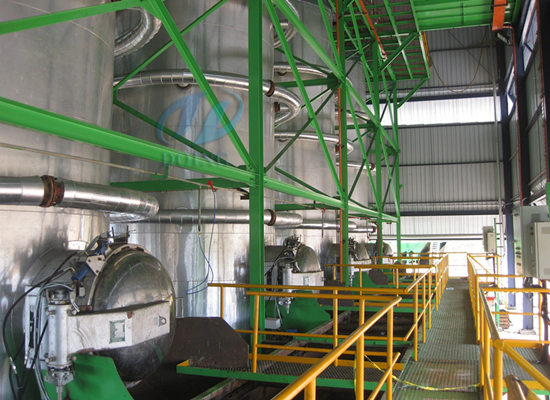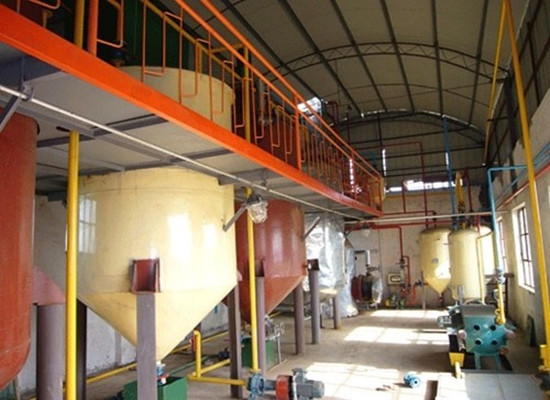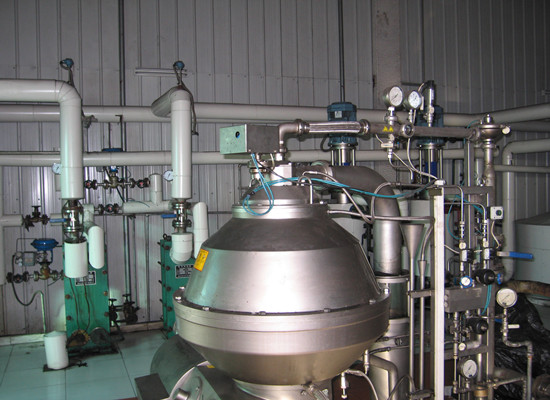The Ultimate Comparison: Batch vs. Continuous Cooking Oil Refining Systems
March 7, 2025 17:00/ FAQ/ leave a messageIn the ever-evolving world of cooking oil processing, choosing the right cooking oil refining system is crucial for efficiency and quality of cooking oil production. Taking Henan Glory Oils & Fats Engineering Co., Ltd. as an example, this article conducts a ultimate comparison of batch and continuous cooking oil refining systems to help you make an informed decision.
1. Processing Capacity:
Batch Cooking Oil Refining Systems: Generally used for ≤20TPD cooking oil refining.
Continuous Cooking Oil Refining Systems: Generally used for 5-30TPD semi continuous cooking oil refining, or used for ≥ 30TPD fully continuous cooking oil refining.
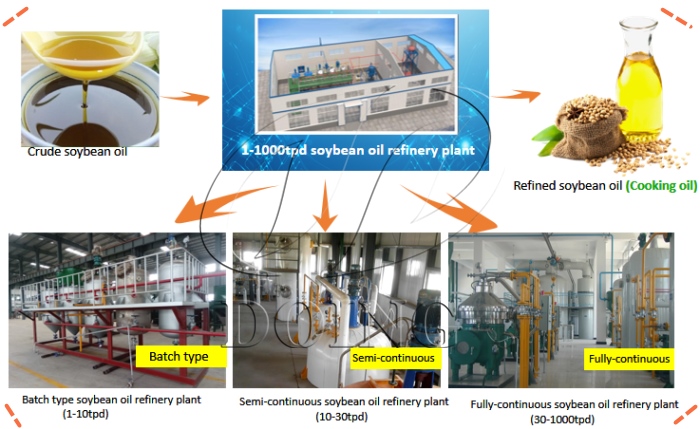 Cooking oil refining systems with different processing capabilities
Cooking oil refining systems with different processing capabilities
2. Principle & Process:
Batch Cooking Oil Refining Systems: The refining process of the batch cooking oil refining system is carried out in batches, that is, the crude oil is processed in batches. The processing time of each batch of oil is relatively long because it is necessary to wait for the previous batch to be processed before the next batch. This method allows for meticulous control of each refining stage, including degumming, deacidification, decolorization and deodorization. The flexibility of batch cooking oil refining makes it ideal for small-scale operations or the production of multiple oils. Operators can easily adjust process parameters to meet specific quality standards or customer preferences.
Continuous Cooking Oil Refining Systems: The refining process of the continuous cooking oil refining system is continuous, and crude oil is continuously fed into the cooking oil refining equipment for processing. The crude oil is transported to each refining link through pipes and pumps to achieve continuous operation. Its high degree of automation minimizes human errors and ensures consistent product quality. It is worth noting that the degumming, deacidification and decolorization parts in semi-continuous cooking oil refining are batch, and the deodorization process is automated.
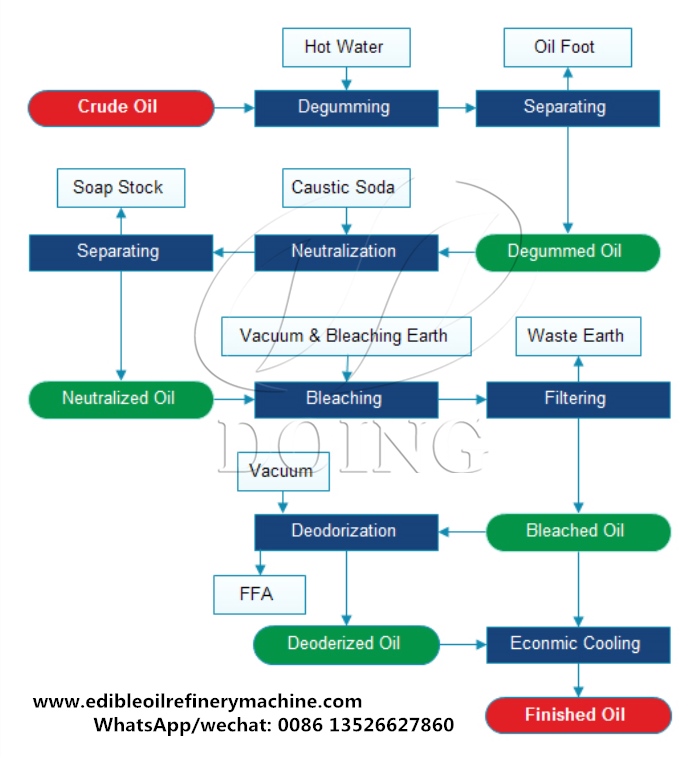 Cooking oil refining process
Cooking oil refining process
3. Advantages:
Batch Cooking Oil Refining Systems:
(1) Flexibility: Batch cooking oil refining systems allows for greater flexibility in terms of oil types and refining conditions. Different oils with varying degrees of degradation can be refined simultaneously, adjusting parameters as needed.
(2) Quality Control: Since each batch is processed individually, there is less risk of contamination or quality variation between batches. It's easier to monitor and control the cooking oil refining process, ensuring consistent quality output.
(3) Lower Initial Investment: Batch cooking oil refining systems setups generally require less initial capital investment compared to continuous cooking oil refining systems, making them accessible to smaller operators.
Continuous Cooking Oil Refining Systems:
(1) High Efficiency: Continuous cooking oil refining systems significantly reduce processing time per unit of oil, enhancing cooking oil productivity and throughput, and reducing cooking oil refining systems downtime.
(2) Energy Efficient: By minimizing heat loss between stages, continuous cooking oil refining systems conserves energy, reducing operational costs and environmental impact.
(3) Scalability: Continuous cooking oil refining systems are easily scalable, are designed for large-scale production, accommodating large volumes of oil with consistent quality, ideal for industrial-scale operations.
4. Disadvantages:
Batch Cooking Oil Refining Systems:
(1) Time-Consuming: The sequential nature of batch cooking oil refining means that each step takes time, leading to longer overall cooking oil times per batch.
(2) Energy Intensive: Frequent heating and cooling cycles in batch cooking oil refining systems consume more energy, increasing operational costs and environmental footprint.
(3) High Operational Costs: The need for frequent cleaning and setup between batches can increase operational costs.
Continuous Cooking Oil Refining Systems:
(1) Higher Initial Cost: Setting up a continuous cooking oil refining systems requires substantial upfront investment in specialized cooking oil refining equipment and infrastructure.
(2) Complex Maintenance: The complexity of continuous cooking oil refining systems necessitates skilled personnel for operation and maintenance, adding to labor costs.
(3) Less Flexibility: Once set up, continuous cooking oil refining systems are optimized for a specific range of oil types and qualities, offering less flexibility in processing variations compared to batch cooking oil refining systems.
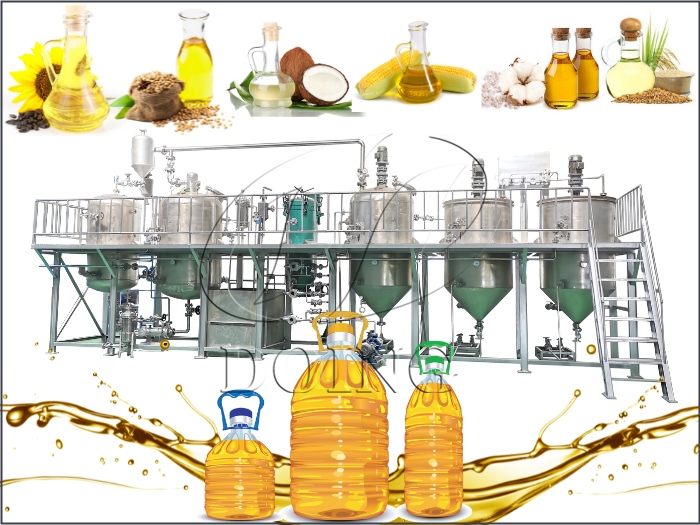 Main cooking oil refining equipment
Main cooking oil refining equipment
5. Main Cooking Oil Refining Equipment:
Batch Cooking Oil Refining Systems:
Main cooking oil refining equipment includes refining tank (or alkali refining tank), bleaching tank, deodorizing tank, filter, vacuum pump, thermal oil furnace, etc., and the selection and deployment of certain equipment will be based on actual conditions (such as investment amount, customer requirements).
Continuous Cooking Oil Refining Systems:
Main cooking oil refining equipment includes crude oil filter, plate heat exchanger, centrifugal mixer (or multi-effect mixer), acid reaction tank, alkali reaction tank, disc centrifuge, high-position clay tank, oil-soil premixing tank, blade filter, spiral plate heat exchanger, thermal oil heater, deodorization tower, fatty acid collector, fatty acid circulation tank, cooler, thermal oil furnace system, etc.
In conclusion, when choosing between batch and continuous cooking oil refining systems, it is essential to consider your production scale, product diversity and quality requirements. Batch cooking oil refining systems offer precision and flexibility, making it ideal for small-scale operations or when producing a variety of oil types. Continuous cooking oil refining systems, on the other hand, excel in efficiency and scalability, making them the perfect choice for large-scale cooking oil production.
If you have additional questions about the ultimate comparison of batch and continuous cooking oil refining systems, feel free to contact Henan Glory Company! Our team of experts can help you evaluate your cooking oil production requirements and recommend the most appropriate cooking oil refining solutions.
